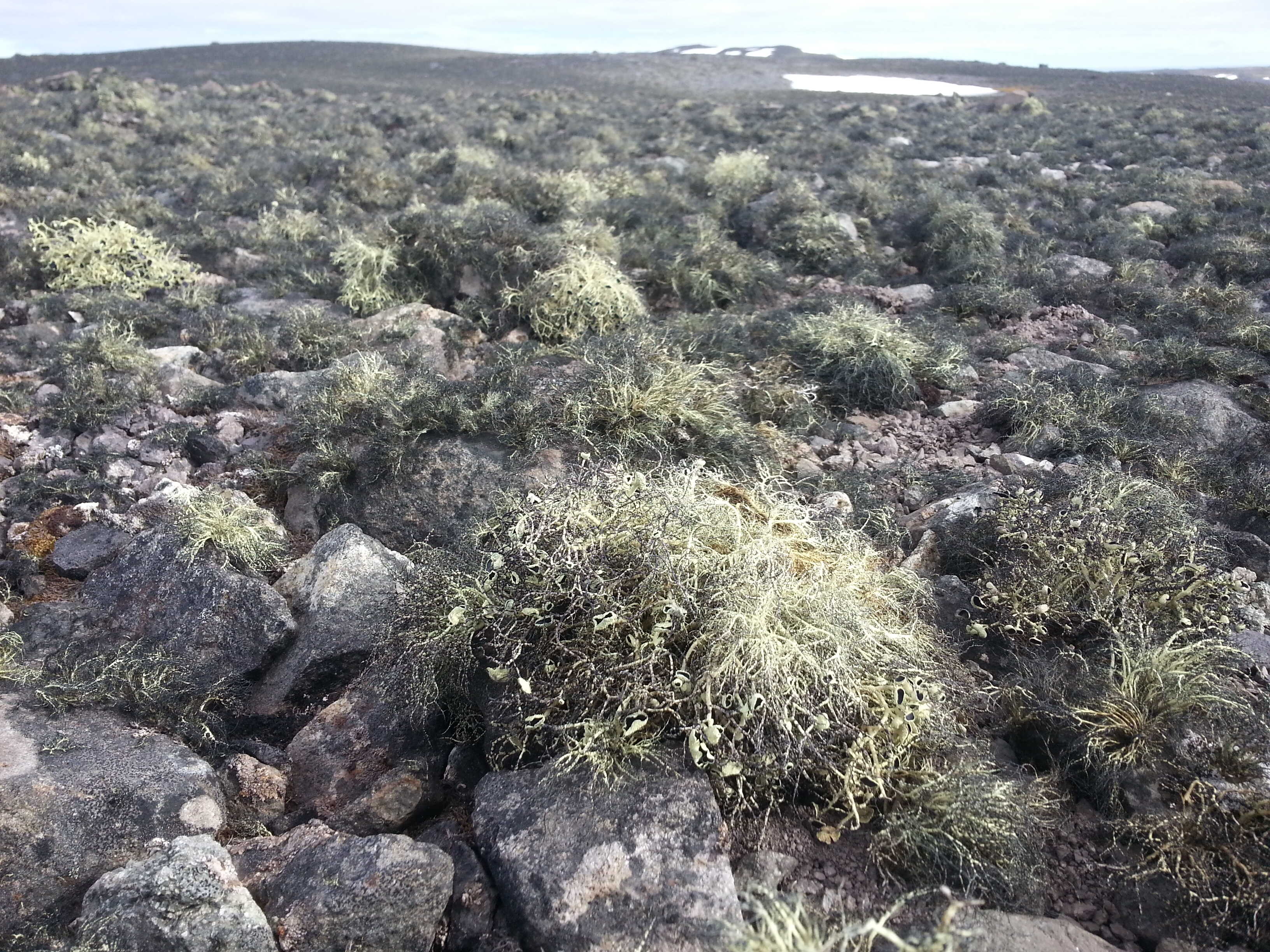New Study Reveals How Dark-Colored Lichens Are Overlooked in Antarctic Vegetation Mapping
A research team from the Aerospace Information Research Institute of the Chinese Academy of Sciences (AIRCAS), in collaboration with the Center for Advanced Studies in Earth Sciences and Biodiversity (CADIC-CONICET), Argentina, has revealed major blind spots in current Antarctic vegetation mapping caused by the poor detectability of dark-colored lichens. Their findings, published in The Innovation under the title "The overlooked dark-colored lichens: Blind spots in Antarctic vegetation mapping with remote sensing," show that conventional optical remote sensing methods systematically underestimate vegetation coverage across Antarctica, particularly in areas dominated by dark-colored lichens.
Results show that in the lower-latitude South Shetland Islands, vegetation coverage is underestimated by approximately 31.5%, with dark-colored lichens accounting for 73% of this discrepancy. In the higher-latitude northeastern Antarctic Peninsula, lichens represent up to 90% of total vegetation coverage, yet spectral indices often classify these regions as "non-vegetated." The higher the proportion of dark-colored lichens, the more severe the underestimation—revealing a systematic bias in current Antarctic vegetation mapping.
By further integrating observations with a Lichen Geospatial Dataset previously published in Scientific Data, the team quantitatively assessed how "invisible vegetation" contributes to mapping errors. They found that dark-colored lichens constitute an average of 54% of Antarctic lichen communities—exceeding 40% in lower-latitude areas and reaching nearly 80% at higher latitudes. This uneven distribution leads to spatially biased underestimation, distorting cross-regional analyses and hindering accurate assessments of vegetation distribution and ecosystem dynamics.
The study highlights that future Antarctic vegetation remote sensing should focus on high-latitude lichen hotspots through long-term monitoring and model optimization. These efforts will provide a solid scientific basis for understanding changes in biodiversity and biogeochemical cycles under climate change, ultimately supporting decision-making for the conservation of Antarctica's unique ecosystems.

Dark-colored lichens on the Antarctica. (Image by CADIC-CONICET)



News & Events